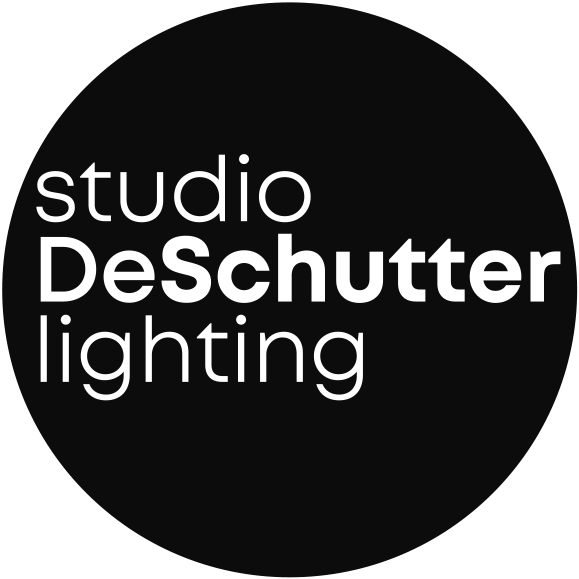Lighting in Cafés and Bistros: Identity in One Flow
Cafés and bistros are more than quick-stop spaces. They are living rooms, meeting points, quiet retreats and little everyday sanctuaries where people stay for minutes or hours. Lighting determines whether they stay, whether they feel seen, whether the place becomes a memory instead of just a stop. A well-designed café feels right the moment you step inside. Warm, open, calm yet full of subtle energy. Lighting becomes the invisible language that guides guests without directing them. It turns the morning bright, the afternoon productive and the evening soft.
“The right café lighting feels like recognition – before the first coffee is poured.”
— Studio De Schutter
Accents and Zones – Showing Character Without Pressure
Cafés thrive on layered atmospheres. Each corner can hold its own emotional tone. Warm white hues build comfort. Gentle, deliberate highlights on the counter, pastries or materials create a sensory appetite. A cappuccino becomes richer, a croissant more tempting when the light reveals its texture. Accents are not decoration, they are part of the identity.
Spaces and Transitions – From Morning Energy to Evening Calm
A café changes mood throughout the day. The morning calls for clarity and brightness that helps people arrive, think, choose. Midday requires more structure, a rhythm that supports flow. And by the evening, when conversations slow down and people settle in, lighting softens and deepens the atmosphere. Each part of the café contributes to this choreography. The entrance sets a warm welcoming note. The counter becomes the heartbeat of the experience. Seating nooks turn into small islands of comfort, places where people disappear into conversations or thoughts. Window seats glow in a balance of natural and artificial light, never harsh, always gentle. Outdoor areas become softly framed spaces where warm contour lighting brings a sense of intimacy to the urban evening. The space remains dynamic but always grounded.
Atmosphere – Orientation and Emotional Impact
People entering a café are looking for a feeling, not a chair. Lighting decides whether that feeling arrives. A warm entrance tone creates an instant sense of belonging. A softly illuminated counter explains the flow of the room without a single sign. Lighting makes the space readable without breaking the charm. Different seating moods encourage different types of moments. A brighter space for laptops and focus, a dimmer corner for conversations, a window seat for wandering thoughts. Lighting shapes these micro worlds and lets guests choose their own rhythm. Atmosphere in cafés lives in the small details. The shimmer of glass, the shadow of a plant, the glow of ceramic. Lighting gives these moments depth, creating comfort without heaviness and closeness without pressure.
Practicality – Hygiene and Sustainable Systems
Cafés operate fast. Lighting must be durable, cleanable and stable in colour. Closed fixtures keep dust away, high quality LEDs maintain warm tones over many years. Smooth dimming is essential. Bright mornings, structured afternoons, soft evenings. No flicker, no colour shifts. Efficient systems in secondary zones reduce energy use and maintain visual harmony. The result is a café that does not just serve coffee but creates belonging. A space people return to because its lighting holds identity, warmth and calm. A place where atmosphere and everyday life blend together and light becomes a quiet host.
👉 Get in touch
👉 Subscribe to newsletter




